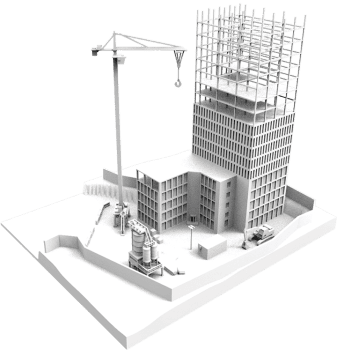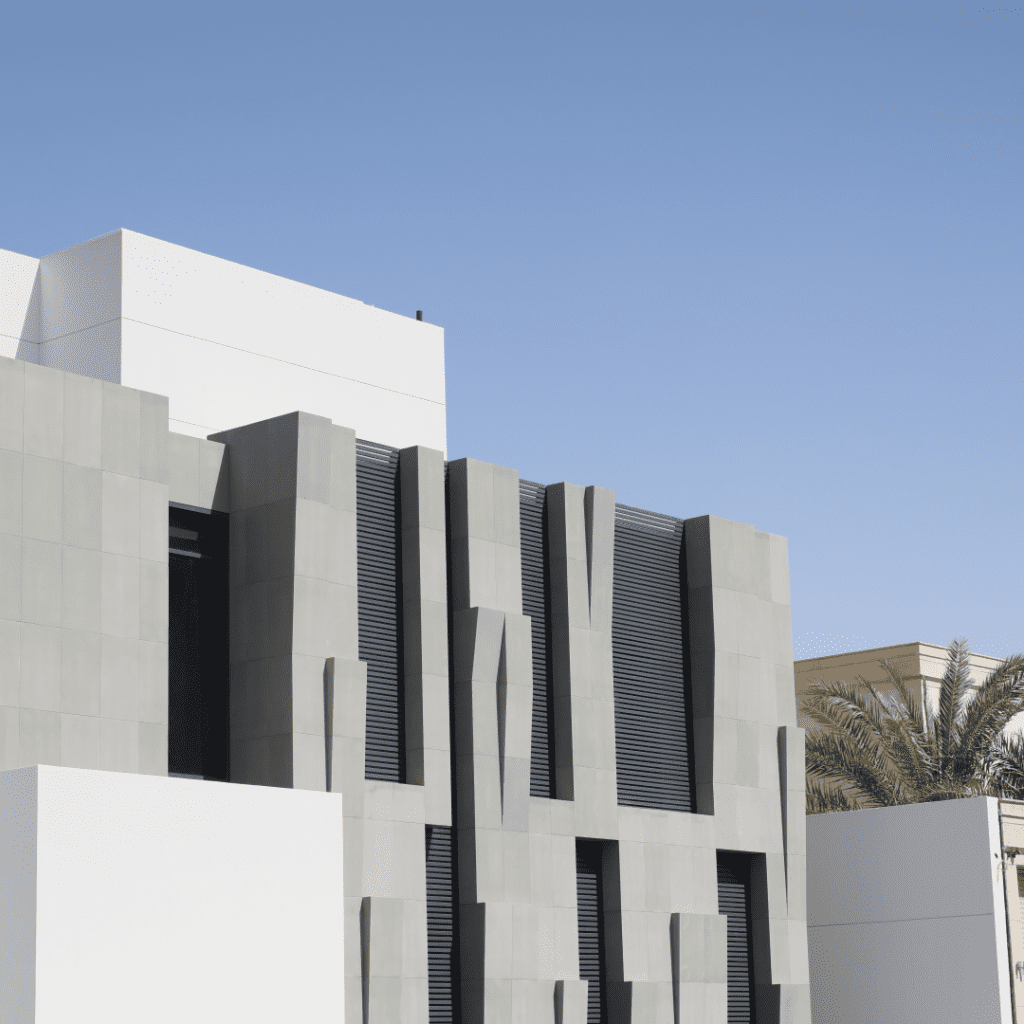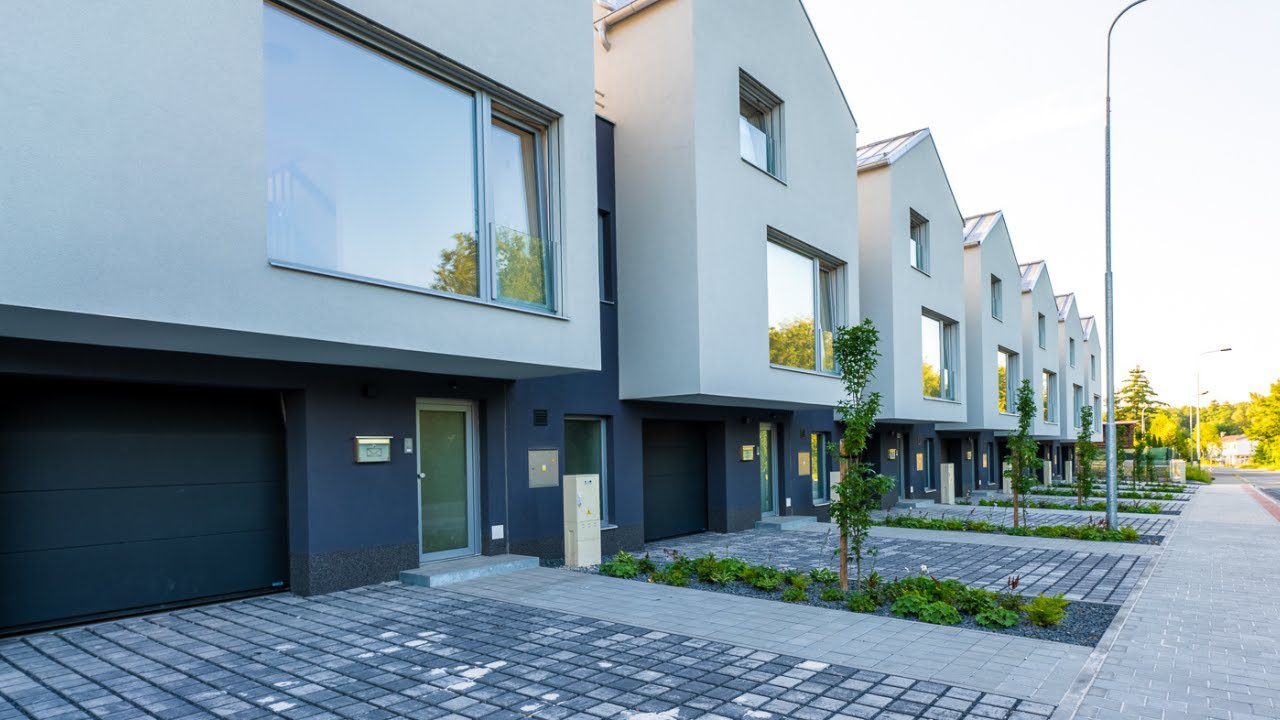In the UK construction industry, two popular procurement methods are Design-Build and Turnkey. Both approaches streamline project delivery by integrating design and construction processes, but they have distinct characteristics and benefits.
Design-Build Procurement

Design-Build is a procurement route where a single contractor is responsible for both the design and construction of a project. This method contrasts with traditional procurement, where the client first hires designers and then a separate contractor for construction. The Design-Build approach offers several advantages:
- Single Point of Responsibility: The contractor handles both design and construction, reducing the client’s administrative burden and simplifying project management.
- Time and Cost Efficiency: By overlapping design and construction phases, projects can be completed faster and often at a lower cost.
- Improved Communication: With one entity responsible for the entire project, communication is streamlined, reducing the risk of misunderstandings and delays.
There are different types of Design-Build contracts, including single-stage and two-stage processes.
In the single-stage process, the contractor is appointed to complete the entire design and construction.
Turnkey Procurement

Turnkey Procurement, also known as Design-Build-Operate (DBO) or Design-Build-Finance-Operate (DBFO), takes the integration of services a step further. In this method, the contractor is responsible for the entire project lifecycle, from initial design to final handover, ready for use. Key features of Turnkey Procurement include:
- Comprehensive Project Management: The contractor oversees all aspects of the project, including design, procurement of materials, construction, and sometimes even financing and operation.
- Reduced Client Risk: The client transfers most of the project risks to the contractor, allowing them to focus on their core business activities.
- Seamless Delivery: The project is delivered in a fully operational state, ensuring a smooth transition from construction to use.
Turnkey contracts are particularly beneficial for complex projects where coordination between multiple trades and systems is crucial. By having a single point of contact, clients can avoid the complications of managing multiple contractors and ensure that the project is completed on time and within budget.
Turn-key architects

In the residential construction industry, the turn-key approach is gaining popularity for its efficiency and simplicity. Turn-key architects offer a comprehensive service that covers every aspect of a project, from initial design to final handover. This guide will walk you through the essential steps to successfully deliver turn-key services.
Step 1: Initial Consultation
Objective: Understand the client’s vision and requirements.
- Meeting: Schedule a meeting with the client to discuss their needs, preferences, and budget.
- Site Visit: Conduct a site visit to assess the location and gather necessary data.
- Proposal: Prepare a detailed proposal outlining the scope of work, timeline, and estimated costs.
Step 2: Design Phase
Objective: Develop a comprehensive design plan.
- Concept Design: Create initial design concepts based on the client’s input.
- Revit BIM Modelling: Use Revit BIM to develop detailed architectural models, ensuring accuracy and efficiency.
- Client Approval: Present the designs to the client for feedback and approval.
Step 3: Planning and Permits
Objective: Secure all necessary approvals and permits.
- Planning Applications: Submit planning applications to local authorities.
- Building Regulations: Ensure designs comply with building regulations and standards.
- Permits: Obtain all required permits before commencing construction.
Step 4: Procurement
Objective: Source materials and hire subcontractors.
- Material Selection: Choose high-quality, sustainable materials.
- Supplier Coordination: Coordinate with suppliers to ensure timely delivery of materials.
- Subcontractor Hiring: Hire skilled subcontractors for various aspects of the project.
Step 5: Construction
Objective: Execute the construction plan.
- Project Management: Oversee the construction process, ensuring adherence to the design and timeline.
- Quality Control: Conduct regular inspections to maintain high standards of workmanship.
- Client Updates: Provide regular updates to the client on the progress of the project.
Step 6: Finishing Touches
Objective: Complete the project to the client’s satisfaction.
- Interior Design: Implement interior design elements as per the client’s preferences.
- Final Inspections: Conduct final inspections to ensure everything is in order.
- Client Walkthrough: Arrange a walkthrough with the client to address any final adjustments.
Step 7: Handover
Objective: Deliver the completed project to the client.
- Documentation: Provide the client with all necessary documentation, including warranties and maintenance guides.
- Handover: Officially hand over the keys to the client, ensuring they are satisfied with the result.
Advantages of turn-key services:
- Single Point of Contact:
Clients have one main contact for the entire project, simplifying communication and coordination. - Time Efficiency:
With design and construction managed by one entity, projects are often completed faster than traditional methods. - Cost Control:
Turn-key contracts typically provide a fixed price, reducing the risk of cost overruns. - Quality Assurance:
The turn-key provider is responsible for the entire project, ensuring consistent quality throughout. - Reduced Stress:
Clients can focus on their core activities while the turn-key provider handles all aspects of the project. - Comprehensive Service:
From initial design to final handover, turn-key services cover every phase of the project, providing a seamless experience. - Risk Mitigation:
The contractor assumes most of the project risks, protecting the client from potential issues.
These benefits make turn-key services an attractive option for clients looking for a streamlined and efficient approach to residential construction.
Conclusion
Both Design-Build and Turnkey Procurement methods offer significant advantages in the UK construction industry. They streamline project delivery, reduce risks, and enhance efficiency. Choosing the right procurement method depends on the specific needs and complexity of the project, as well as the client’s preference for involvement in the design process.
Offering turn-key services for residential construction requires meticulous planning, coordination, and execution. It can however ensure a smooth and successful project delivery, providing clients with a hassle-free experience and a beautifully finished home.

